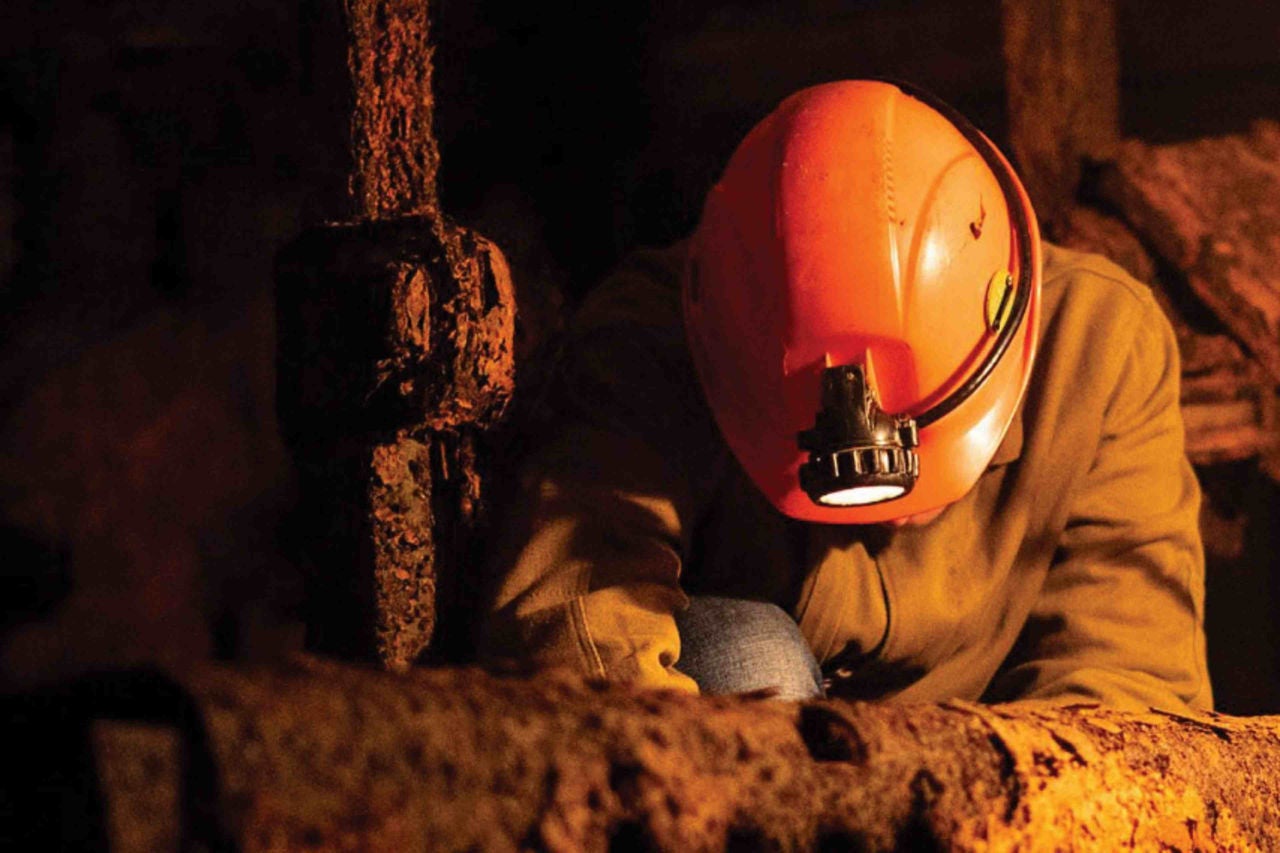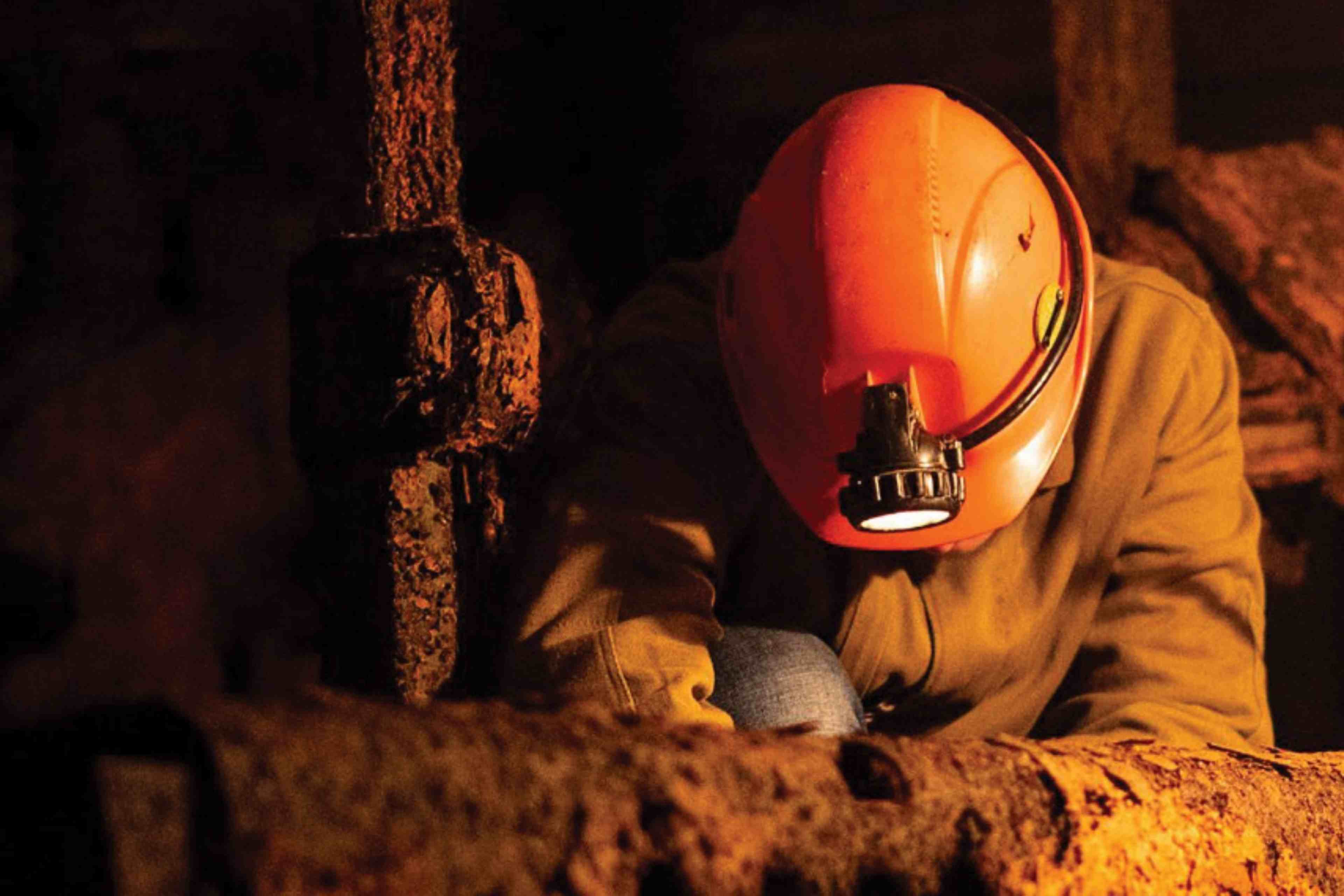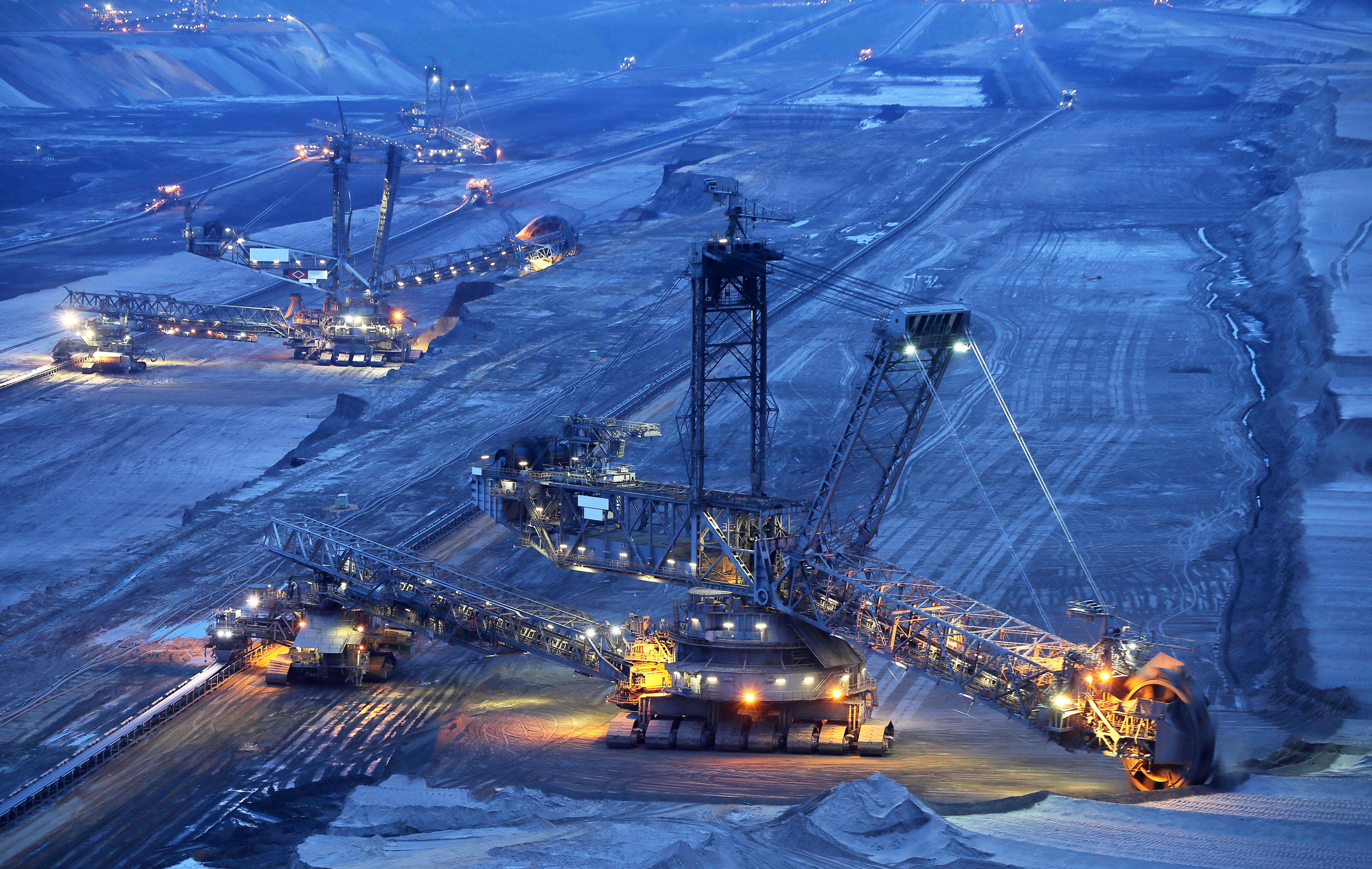EY se refiere a la organización global, y puede referirse a una o más, de las firmas miembro de Ernst & Young Global Limited, cada una de las cuales es una entidad legal independiente. Ernst & Young Global Limited, una compañía británica limitada por garantía, no brinda servicios a los clientes.

Economic overview
Peru, a country of 33.4 million people, is one of Latin America’s fastest-growing economies. It has rich deposits of copper, gold, silver, lead, zinc, natural gas and petroleum. It is also a very diverse country due to climatic, natural and cultural variations of its regions. Peru’s economy reflects its varied geography, an arid coastal region, the Andes further inland, and tropical lands bordering Colombia and Brazil. Abundant mineral resources are found mainly in the mountainous areas, and Peru’s coastal waters provide excellent fishing grounds.
Mining is the dominant sector of the Peruvian economy. It accounts for 8.5% of GDP, while mineral exports represent 63.9% of the country’s total exports. Substantial investment has flowed to the sector over the past 20 years. As a result, there has been an increase in exploration and development activities. Peru is among the major producers of mineral commodities in the world. Copper and gold are the most important mineral exports by value.
In recent years, Peru has achieved significant advances in social and development indicators as well as in macroeconomic performance, with very dynamic GDP growth rates, reduction of external debt, a stable exchange rate and low inflation. Peru’s rapid expansion has helped to reduce the national poverty rate from 58.7% in 2004, to 25.9% of its total population in 2021. Extreme poverty declined from 17.1% to 4.1% over the same period.
The country has had continuous economic and political stability since the early 1990s. In 2021, GDP registered a growth of 13.6%, making Peru one of the economies with the highest growth in the region. The recovery of economic activity continued in 2022, with an expansion of 2.9% supported by higher exports and economic policies that remained expansive. In 2023, Peru’s economy is also expected to grow around 2.9%.
Economic overview 2022
External debt | 37.8% of GDP (1) |
Investment | 25.5% of GDP (1) |
Unemployment rate | 4.0% (2) |
Population below poverty line | 25.9% (2021) |
Export Partners | Canada, Chile, China, India, Japan, Korea, Netherlands, Spain, Switzerland, USA |
Export commodities | Gold, copper, zinc, crude oil and by-products, coffee, potatoes, asparagus, textiles, fish meal |
Import partners | Argentina, Brazil, Chile, China, Colombia, Germany, India, Mexico, USA |
Import commodities | Petroleum and by-products, plastics, machinery, vehicles, iron and steel, wheat, paper |
| 1. Projection. December 2022 Inflation Report |
| 2. As of 2nd quarter, 2022 |
| Source: Central Reserve Bank of Peru (BCRP), National Institute of Statistics and Information (INEI) |
Peru’s Investment-Grade Rating
Peru has maintained its investment-grade credit rating since Moody's Investors Services raised it to that level in December 2009 matching moves made by Standard & Poor's and Fitch Ratings the previous year. The country's stable, credible, and consistent macroeconomic policies in various administrations are the key supporting factors for the investment-grade rating.
It is well known that countries with investment grade ratings gain a higher level of confidence that generates more foreign and domestic investment. The risk premium demanded by multinationals and foreign investors is slashed after the upgrade. At the same time, the investment horizon is elongated.
The upgrade to investment grade has brought Peru a lot of positive attention worldwide. More importantly, it has had a positive impact on the local economy. For this reason, nowadays, many multinational corporations eye the country more seriously, as higher private investment is flowing into the country. This should contribute to alleviate a still complex social situation in Peru, by achieving improvements in employment and decreases in poverty.
Country | S&P | Fitch | Moody's |
Chile | A | A- | A2 |
Peru | BBB | BBB | Baa1 |
Mexico | BBB | BBB- | Baa2 |
Colombia | BB+ | BB+ | Baa2 |
Uruguay | BBB | BBB- | Baa2 |
Paraguay | BB | BB+ | Ba1 |
Brazil | BB- | BB- | Ba2 |
Bolivia | B+ | B | B2 |
Ecuador | B- | B- | Caa3 |
Argentina | CCC+ | CCC- | Ca |
Venezuela | N/A | RD | C |
| As of January 2023 |
| Source: Standard & Poor's, Fitch ratings, Moody's |
Importance of Peru’s mining sector
The mining sector is and has always been very important to the national economy of Peru. The mining tradition dates to the pre-Inca times, and goes on through the Inca, colonial and republican periods. In each of those stages, mining has been one of the major activities in the country’s development.
Peru is one of the most extensively mineralized countries of the world. It currently plays host to some of the world’s major mining companies, including, Glencore, Freeport-McMoRan, Rio Tinto, Anglo American, MMG, Teck, Chinalco and Barrick. Since the liberalization of the industry in the 1990s local and foreign investment has been deployed to develop major modern mines.
Peru has a well-recognized mineral wealth. It is considered one of the top ten richest mineral countries in the world. It is one of the world’s biggest producers of base and precious metals. Currently, it is the world´s second largest producer of copper and it is also a major producer of gold, silver, zinc, among other minerals. Peru has 9.1% of the world’s copper reserves, 5.6% of its gold, 17.8% of its silver, 8.0% of zinc, 6.2% of lead and 2.8% of tin reserves, according to the most recent data published by the US Geological Survey.
Production of fine content minerals
Ore | 2017 | 2018 | 2019 | 2020 | 2021 | 2022 |
Copper (TMF) | 2,445,584 | 2,437,035 | 2,455,440 | 2,150,126 | 2,326,035 | 2,438,631 |
Gold (Fine gr.) | 151,964,040 | 140,210,984 | 128,413,463 | 88,053,944 | 97,472,716 | 96,733,064 |
Zinc (TMF) | 1,473,073 | 1,474,383 | 1,404,382 | 1,334,570 | 1,533,124 | 1,369,532 |
Silver (Fine Kg.) | 4,417,987 | 4,160,162 | 3,860,306 | 2,723,879 | 3,333,606 | 3,079,790 |
Lead (TMF) | 306,784 | 289,123 | 308,116 | 241,548 | 264,422 | 255,333 |
Iron (TMF) | 8,806,452 | 9,533,871 | 10,120,007 | 8,893,972 | 12,149,274 | 12,936,826 |
Tin (TMF) | 17,790 | 18,601 | 19,853 | 20,647 | 26,995 | 28,231 |
Molybdenum (TMF) | 28,141 | 28,034 | 30,441 | 32,185 | 34,148 | 31,588 |
| Source: Ministry of Energy and Mines (MINEM) |
Mining investment by type of production in USD millions
Type | 2017 | 2018 | 2019 | 2020 | 2021 | 2022 |
Benefit plant | 287 | 1,425 | 1,338 | 1,440 | 1,410 | 1,346 |
Mining equipment | 491 | 661 | 1,041 | 744 | 751 | 703 |
Exploration | 484 | 431 | 356 | 224 | 336 | 429 |
Infrastructure | 1,557 | 1,081 | 1,339 | 858 | 1,402 | 1,325 |
Development and preparation | 388 | 755 | 1,118 | 384 | 597 | 931 |
Other | 721 | 609 | 718 | 677 | 767 | 631 |
Total | 3,928 | 4,962 | 5,909 | 4,327 | 5,263 | 5,365 |
| Source: Ministry of Energy and Mines (MINEM) |
Although Peru is endowed with large deposits of a variety of mineral resources, it is estimated that only 0.25% of the country’s territory is being explored. Likewise, only a small percentage of Peru’s mineral reserves are being exploited. It is estimated that only 1.17% of its territory is under exploitation.
There are 47 mining projects involving USD53.7 billion in investments waiting to be developed, along with an exploration portfolio of 60 projects entailing spending of more than USD506 million.
Leader in the industry
Peru is a global leader in the mining industry, which makes it a natural choice for international investors. It is one of the world’s biggest producers of base and precious metals. Currently, it is the world's second largest producer of copper, and it is also a major producer of gold, silver, zinc, among other minerals.
International investors are a crucial part of the growth and success of Peru´s exploration and mining industry. Peru welcomes foreign investment with an open and stable mining regulatory environment. A foreign investment law guarantees the security of foreign and domestic investments. Peru's clear and simple mining law and excellent geological potential has helped the country to attract one of the largest budgets for minerals explorations and development in the world. Furthermore, Peru is consistently undertaking measures to improve its business climate to attract more investment.
We invite you to contact us with your questions about the mining investment opportunities in Peru.
Mining and Metals Investment Guide 2023/2024
Resumen
Peru is a global leader in the mining industry and one of the fastest growing economies in Latin America. It has rich deposits of copper, gold, silver, lead, zinc, natural gas and petroleum. “Peru’s mining and metals investment guide” offers key information about Peru’s mining industry to assist investors in their decision making progress regarding the exploration and development of new projects.
Artículos relacionados
Peru's Mining & Metals Investment Guide 2023/2024
Peru is a global leader in the mining industry and one of the fastest growing economies in Latin America. It has rich deposits of copper, gold, silver, lead, zinc, natural gas and petroleum. “Peru’s mining and metals investment guide” offers key information about Peru’s mining industry to assist investors in their decision making progress regarding the exploration and development of new projects.
Peru's Mining & Metals Investment Guide 2020/2021
Key information about Peru’s mining industry to assist investors in their decision making progress regarding the exploration and development of new extractive projects.
Peru’s Mining & Metals Investment Guide 2019/2020
Peru is growing rapidly, creating new and better business opportunities. This changing environment requires stakeholders to keep updated with recent data to make better decisions, it is for this reason that we present this Mining & Metals Investment Guide.






